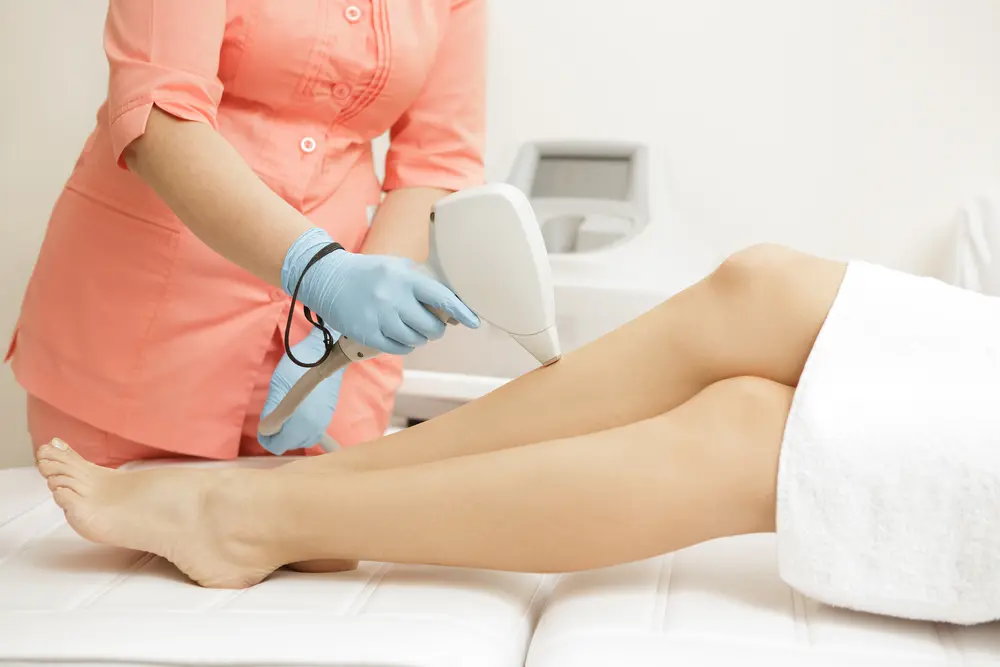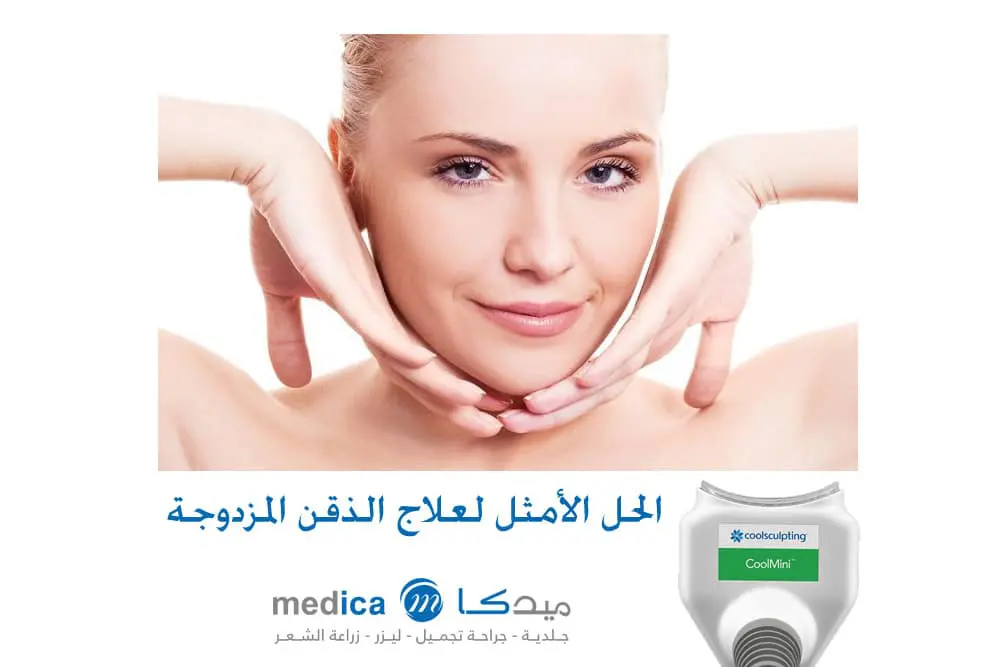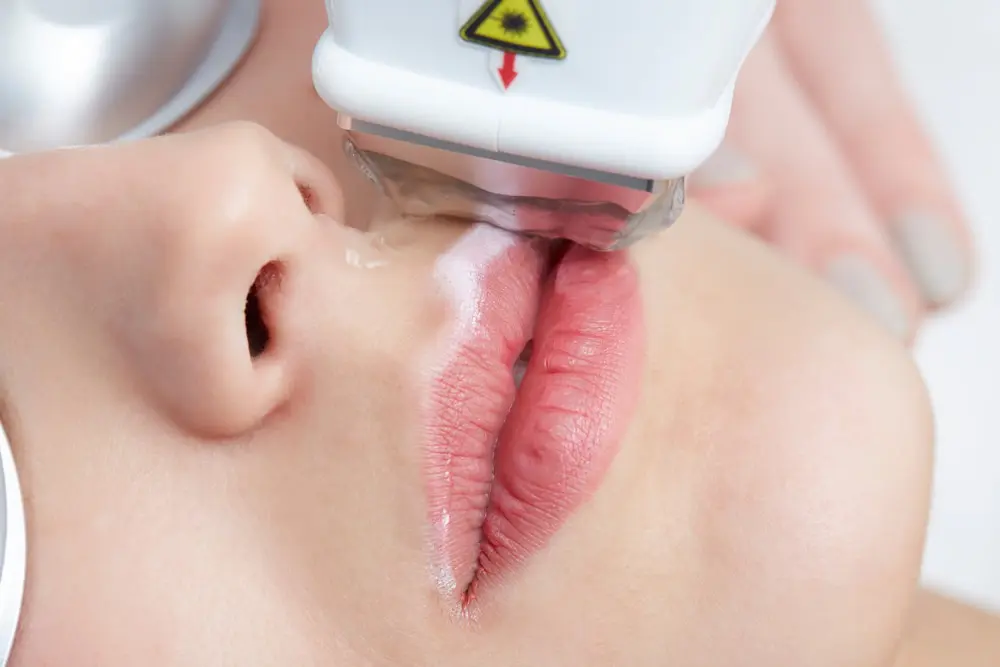The laser creates a beam of high-intensity light that penetrates deep into skin tissue where it delivers a controlled amount of therapeutic heat directed only at the hair root. Candela’s patented Dynamic Cooling Device™ (DCD™) technology protects the upper layers of your skin with a cooling burst of cryogen so the surface of your skin is not affected by the laser treatment. Together, the long-pulse laser and DCD cooling offer optimal treatment with minimal side effects.
What can I expect during treatment?
Treatment takes place here in our office. Everyone in the room will wear safety eyewear to protect their eyes from the laser light. After discussing and distinguishing the treatment area, the laser treatment will begin. Each laser pulse will be preceded by a short pulse of cooling spray, which protects the skin. A treatment could take as little as a few minutes to as long as an hour, depending on the area being treated.
Does it hurt?
Some patients may feel a slight discomfort with the laser pulse, sometimes described as the snapping of a rubber band on the skin. This discomfort is minimized by Candela’s DCD cooling. For some patients, a topical anesthetic may be used prior to treatment. Be sure to mention this to us when scheduling your treatment, as the topical anesthetic must be applied 30 minutes prior to treatment.
How many treatment sessions will I need?
The exact number of sessions needed varies from person to person, and also on the treatment area, but usually is between 4 and 10 sessions. The hair removal process is only effective when the hair follicle is in its active growth phase, and it may take several sessions to treat all the hairs while they are in this growing stage.
Are the treatments permanent?
Laser hair removal is cleared by the FDA to claim “permanent hair reduction”. The results are permanent, with approximately 80-90% reduction in hair growth. There will still be some hair growth, which usually presents itself as a few stray hairs or a persistent spot or patch. A touch-up treatment every 6-12 months is usually sufficient to maintain your treatment area so it remains for the most part “hair-free”.
How do I prepare for treatment?
Patients scheduled for hair removal should avoid tweezing, electrolysis or hair waxing for six weeks prior to treatment, as well as any tanning or sun exposure. Tan skin cannot be treated! (This includes tanning creams.) If you have a history of cold sores or herpes, let us know before your first session so that prophylactic antiviral therapy may be prescribed. Also, any surface hair should be shaved, and your skin should be thoroughly cleaned and dried, removing any makeup, cream, or oils on its surface before your treatment. Please shave the treatment area the same day of your session.
What can I expect after treatment?
Patients should avoid sun exposure before and after treatment, and should apply sunblock (SPF 30 or above) when going outdoors. In the first few days after treatment, don’t scrub or use abrasive cleansers on treated areas. The treated area may be pink or red, with little bumps or swelling around the hair follicle. This usually dissipates on its own after a few hours or within 2 days. Over-the-counter hydrocortisone is helpful to reduce any irritation you might have. Ice compresses may be applied and ibuprofen taken if needed. For the first 2-3 weeks after your session you will notice hair growth in the treatment area. This is the hair that was treated growing out and shedding. You may shave as usual, but do not pluck or wax the area. This will fall out on its own typically within 3 weeks after each session.
Are there side effects?
Your risks are minimal. Side effects may include purpura (a laser bruise), redness, blistering, hyperpigmentation, hypopigmentation, and swelling in the treated area—these usually do not last more than a few days. Redness and swelling around the hair follicle are in fact desired clinical results and indicate the hair follicle responded to the treatment. Permanent side effects, such as hyperpigmentation, hypopigmentation or scarring, are rare. The risk of side effects is greatly reduced by avoiding sun exposure before and after your sessions!
Can it remove all types and colors of hair?
Laser hair removal is only successful with dark hair. The laser energy is attracted to the pigment in the hair root beneath the surface of the skin. Blonde, white, red, or gray hair does not have enough dark pigment in the root for the laser to “find” it and work well.







